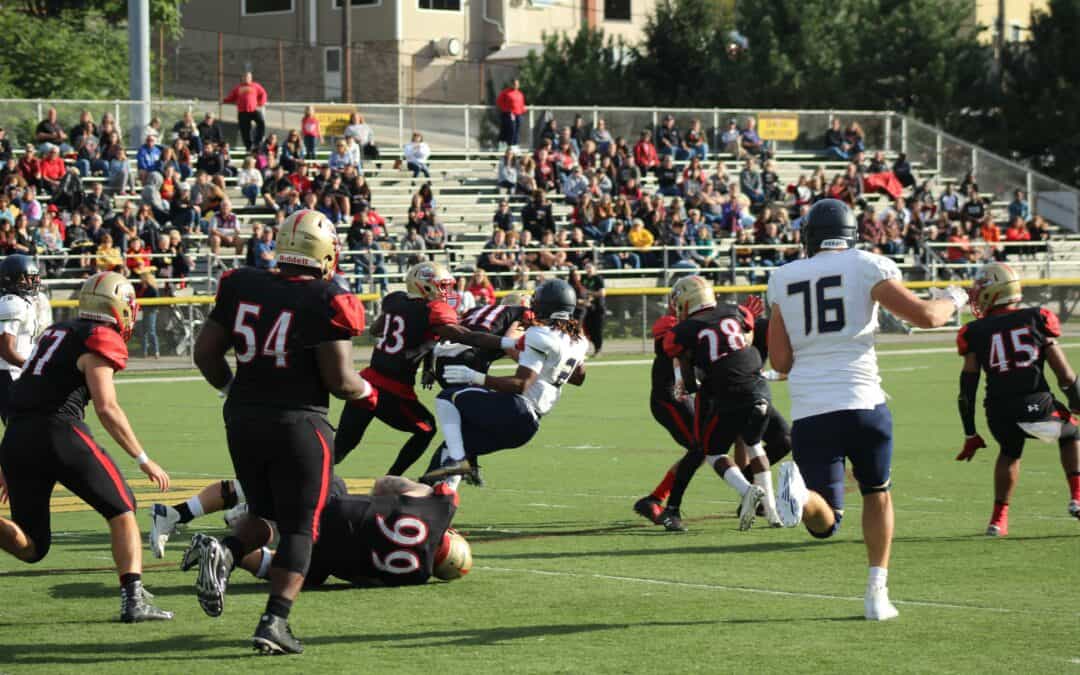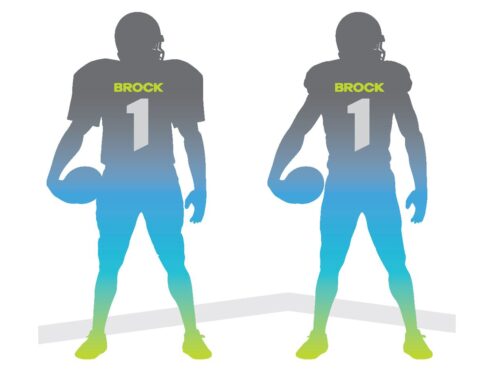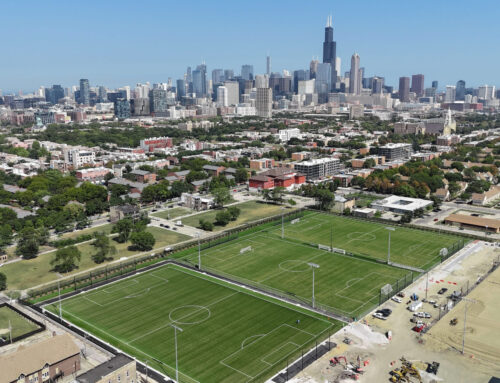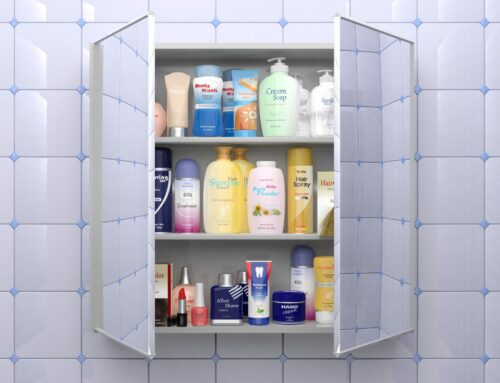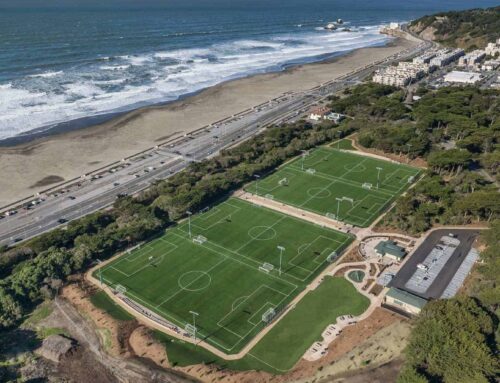Concussion awareness has been successful on many fronts, but so what? That seems to be the question many scientists have asked. What good does it do to make people aware that concussions occur? How are we advancing diagnosis, prevention, and treatment? The breakthroughs answering those questions may sound like they’re pulled from a sci-fi movie, but they’re already making an impact in high school sports. Sideline robots and concussion simulating goggles are two technological advancements helping rapidly diagnose concussions and educate students.
Immediately identifying and removing concussed players from sporting events is critical to health and recovery. Over 63% of public high schools in the United States do not employ a full time athletic trainer. Athletic trainers need to be present to observe symptoms and diagnose possible concussive blows. This problem is even more pervasive in rural areas, where students may have to drive for hours to see a qualified doctor.
Remote controlled sideline robots are one possible solution to this problem. The robots are equipped with diagnostic tools, and facilitate a video connection of studentathletes and neurologists who may be hundreds of miles apart. A study from the Mayo Clinic shows that remote doctors are just as accurate as on-site athletic trainers at diagnosing concussions. Robot technology is also a cost-efficient alternative because one remote neurologist could serve several school districts. These robots can help safeguard student athletes, and would be especially useful in rural areas.
“I see teleconcussion being applicable anywhere in the world,” said Dr. Bert Vargas, the study’s lead author, who directs the sports neuroscience and concussion program at the O’Donnell Brain Institute at UT Southwestern Medical Center. “Right now there’s a significant disparity in access to concussion expertise.”
Beyond diagnosing concussions as they happen, teaching young athletes about the symptoms of a concussion can allow them to recognize a possible concussive blow and seek proper treatment. Over half of high school athletes with a concussion play despite their symptoms, and they tend to hide their injury from coaches, according to a study done by the Harborview Injury Prevention and Research Center at the University of Washington in Seattle. Concussion gogglessimulate blurred vision and disorientation, two common signs of concussions. These goggles are an emerging piece of technology that can be used to help educate students, and allow them to experience the symptoms of a concussion personally.
The Dave Duerson Athletic Safety Fund has been using the goggles in Indianapolis Public Schools with great success. Michael Duerson founded the safety fund in honor of his brother Dave Duerson, who committed suicide after his NFL career with the Chicago Bears. Dave was later found to have CTE, a degenerative disease caused by severe or repeated head trauma. Michael Duerson hopes to educate kids on the potential dangers of concussions, and describes the goggles as “eye-opening” and “enjoyable” for the students. He believes repeating the goggle exercise on a yearly basis will help familiarize athletes with the symptoms of a concussion, so they are able to seek proper treatment.
Increasing awareness of concussions is important, but awareness alone is not enough to protect young athletes. Concussion Goggles and Teleconcussion Robots are examples of new developments that can help educate and protect students from dangerous concussions.
Photo Credit: VGo Communications in Nashua

